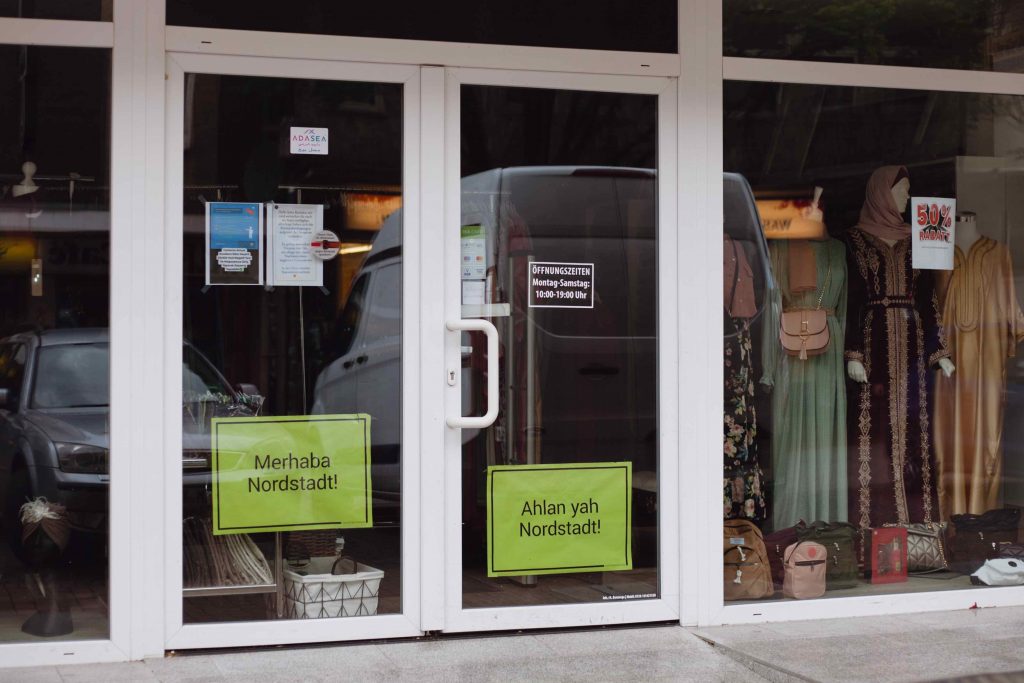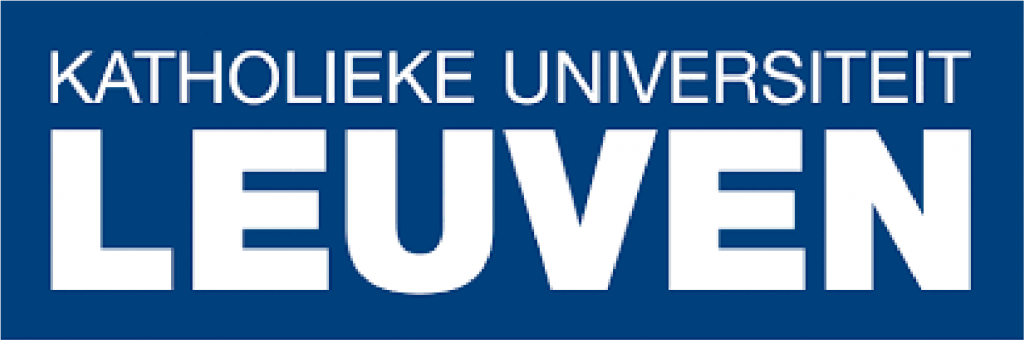Dortmund


Nordmarkt in the area of Nordstadt, Dortmund, has a total population of 28,077 and is a traditional working class neighbourhood. It is fairly central and characterised by high population density as well as a high population turn over. Similar to Cureghem, the area has experienced the migration of Turkish ‘guest-workers’ from the 1960s onwards. For the last ten years, it has seen the arrival of many Bulgarian and Romanian migrants and, more recently, a considerable number of Syrian refugees. 76.5% of the population have a migration background, 55.2% of whom do not have German citizenship. Poverty rates – measured as the share of residents living on welfare benefits – are at 18.2% and well above the city average of 9%. In Germany, refugees were originally viewed more positively as victims of violence, but discourses have now shifted towards fears of Islamization and Muslim migrants’ cultural differences. On the local level, in all three contexts, Roma are among the most stigmatized. Just like the long-established migrants, newcomers are, of course, diverse in themselves in terms of their countries of origin, age and gender, legal status, their skills and intention to stay, move to other places or return to their country of origin. The project will include newcomers of different backgrounds, which will facilitate the elicitation of possible differences of access to AIs according to factors such as country of origin, legal status, language, ethnicity, religion, gender and educational background. This approach will also help elicit whether long-settled migrants provide different types of support depending on the newcomers’ backgrounds.






